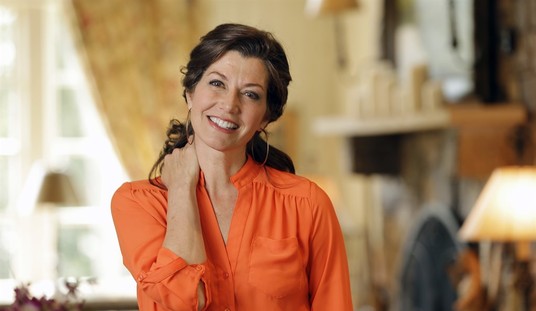Like politicians, doctors are inclined to believe that doing something (especially when it is them doing it) is better than doing nothing. They mistake benevolent intentions for good results, believing that the first guarantee the second. How can philanthropy go wrong?
Besides, doing something stimulates the economy in a way that doing nothing cannot possibly match. If people did only what was necessary, or what was good for them, or what was right, the whole of our economy would soon collapse.
Be that as it may, and for whatever reason, clinical trials that have positive results are more likely to be published than those with negative results. Thanks to several well-publicized scandals, this publication bias, as it is called, is on the decline. GlaxoSmithKline, one of the largest pharmaceutical companies in the world, has promised that henceforth it will publish the results even of trials that are unfavorable to their products as well as those that are favorable.
A paper by Danish researchers just published in the British Medical Journal assesses the extent to which published reports of trials of screening procedures, such as mammography, colonoscopy, PSA-levels, etc., report their harmful effects and consequences as well as their positive ones.
This is particularly important ethically because screening reverses the usual relationship between patient and health-care system. In screening it is the health-care system that initiates the contact, not the other way round. Screening is offered to healthy people, or at least to those complaining of nothing; moreover, the chances of benefit from screening are often slight and those who do benefit from them do so in a sense at the expense of those who are harmed by them. The moral imperative to know the harms of screening is therefore great.
It will probably by now not come as a surprise to readers to learn that the Danish researchers found reports of experiments on screening procedures to be peculiarly lacking in details about the harmful effects of those procedures. They considered reports on 57 trials for screening for several different kinds of cancer (that is, all those that had been done in the world to an acceptable standard), using ten different technological techniques.
These trials involved 3,416,036 participants. They looked to see whether the reports contained quantified evidence about seven possible harms of screening: overdiagnosis, false positive findings, bodily complications from screening procedures, negative psychosocial consequences of screening, additional numbers of invasive procedures consequent upon screening, all-cause mortality (important because extra surgical procedures, for example, would have a mortality rate), and the withdrawal of participants because of complications of the screening procedures. It is necessary to know these things before a doctor can properly advise a patient to have a screening procedure, or before a patient can make an informed decision.
In only one of the 57 trials was a figure given for the number of withdrawals from completion of the trial because of complications caused by the screening procedure. In only two trials were the figures given for false positives and four trials for overdiagnosis. This contrasts with 51 trials that measured cancer-specific mortality, the reduction of which is the aim of screening procedures. All-cause mortality — more important to the patient than cancer-specific mortality — was measured half as often cancer-specific mortality.
The authors are uncompromising in their conclusion: doctors are recommending procedures on a vast scale on the basis of inadequate knowledge that also precludes informed consent on the part of patients. This is because the harms as well as the benefits of a procedure should be known before recommending or agreeing to it. All the more is this so where the initiative for the procedure comes from the doctor and not from the patient.
******
images courtesy shutterstock / Tyler Olson / Sebastian Kaulitzki











Join the conversation as a VIP Member